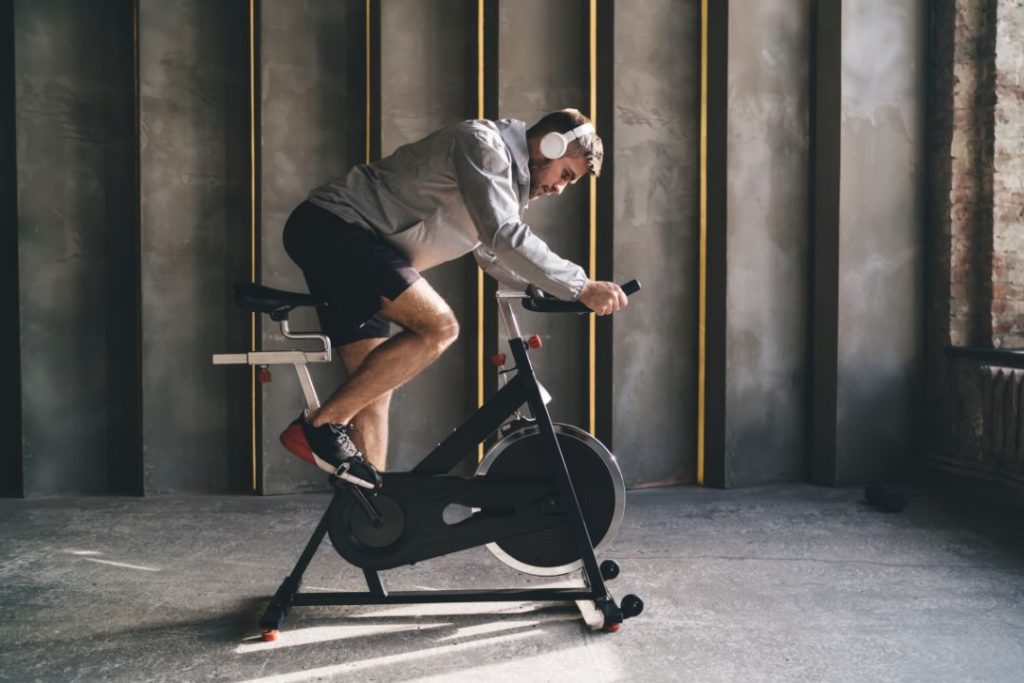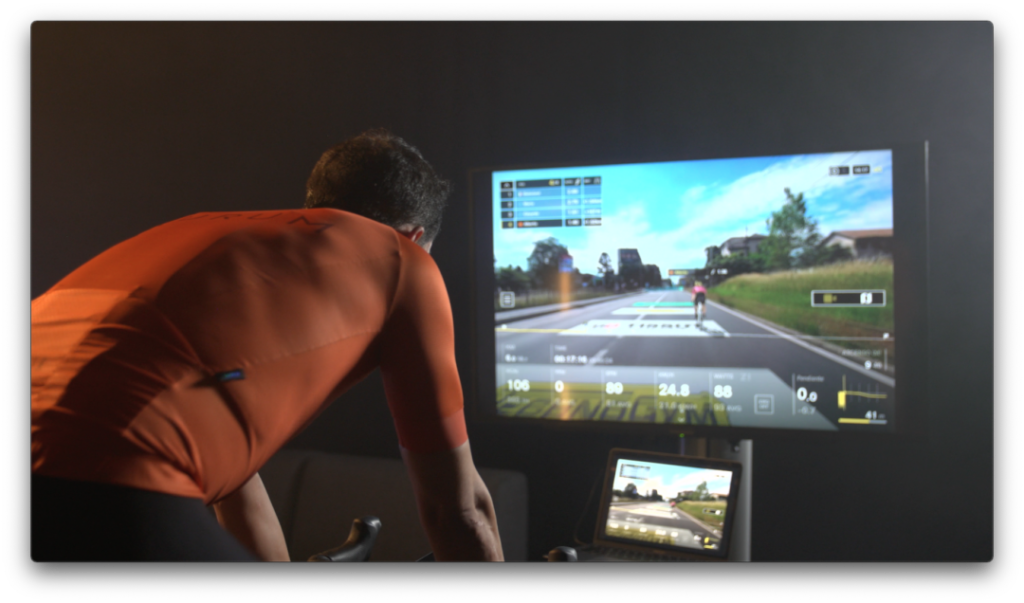Simulated altitude training has gained popularity in the world of cycling in recent years. This method offers an accessible alternative for cyclists who want to improve their performance without having to travel to mountainous high-altitude regions. But what exactly is this type of training? Is it truly effective? In this article, we will explore how it works, what benefits it brings, and how it can be practically applied in a cyclist’s routine.
Cycling is a sport that requires a unique combination of endurance, strength, and outstanding aerobic capacity. Simulated altitude training promises to enhance precisely these aspects, by replicating the conditions experienced at high altitudes to increase the body’s ability to transport and use oxygen. Throughout this article, we will break down the basics of this technique and its direct impact on performance.
What is simulated altitude training?
Simulated altitude training involves reproducing the conditions of low atmospheric pressure and low oxygen availability found in mountainous regions, but in a controlled environment at sea level. This is achieved through specialised devices such as hypoxic tents, altitude masks, or full room altitude simulation systems. These devices reduce the oxygen concentration in the air being inhaled, causing the body to respond as if training at a high altitude.
Unlike traditional high-altitude training, where cyclists have to travel to places like the Alps or Andes, simulated altitude training can be done from the comfort of your own home or in a specialised gym. This is particularly useful for those who cannot afford long trips or want to maintain a consistent routine without interruptions.
Physiological mechanisms of altitude training
The principle behind simulated altitude training is simple yet powerful: by reducing the amount of available oxygen, the body is forced to adapt and become more efficient at using it. When training in low-oxygen conditions, the body produces more red blood cells to transport the available oxygen, improving overall aerobic capacity. Over time, this leads to better performance when returning to training at sea level or in normal conditions.
Other physiological mechanisms that come into play include increased lung capacity, better distribution of oxygen in the muscles, and increased production of EPO (erythropoietin), a hormone that stimulates red blood cell production. All these factors contribute to greater endurance and faster recovery during prolonged efforts.
One of the most notable effects is the increase in VO2 max capacity, which is the maximum amount of oxygen a cyclist can utilise during exercise. This is essential for maintaining optimal performance in long-duration events, especially in endurance races or mountain stages.

Benefits of altitude training for cyclists
The benefits of simulated altitude training are numerous and specifically valuable for cyclists. Here are some of the most significant:
- Improved aerobic endurance: As mentioned earlier, the body adapts to the low-oxygen environment by increasing its capacity to transport and use oxygen. This translates into greater aerobic endurance, which is key in long-distance races.
- Higher power at lactate threshold: When training in hypoxic conditions, the body also increases its capacity to clear lactic acid from the muscles, meaning you can maintain a high-intensity effort for longer without experiencing early muscle fatigue.
- Optimised recovery: Some studies suggest that simulated altitude training not only improves performance during exercise but can also speed up post-effort recovery, as the body becomes more efficient in tissue repair.
- Increased red blood cell production: This results in better oxygen transport capacity, which is vital for maintaining a high effort level during long climbs or demanding stages.
- Reduced adaptation time: One of the biggest advantages of simulated altitude training is that it allows cyclists to gain the benefits of altitude without having to go through a prolonged adaptation period.
Application of altitude training in cyclist preparation
Incorporating simulated altitude training into a cyclist’s preparation requires careful and consistent planning. It’s not just about using the equipment during any training session, but defining when and how to do it to maximise results.
A common strategy is the “live high, train low” approach, where the cyclist sleeps or spends several hours a day in a simulated altitude environment but trains at sea level or in normal conditions. This allows the body to experience the benefits of hypoxia during rest and recovery without compromising the intensity of training sessions.
Another option is to train directly in simulated altitude conditions, doing specific sessions where the oxygen concentration is reduced. These sessions are usually of lower intensity, as the perceived effort is higher, but over time they help to improve the body’s efficiency in using oxygen.

Equipment and technology for altitude simulation
The technology available to simulate altitude has advanced considerably in recent years. There are several options, from altitude masks that reduce the oxygen in the inhaled air to fully equipped hypoxic rooms.
- Hypoxic tents: These are structures placed around the cyclist’s bed, creating a simulated altitude environment while sleeping or resting. These tents are often the most accessible option and are widely used by elite athletes.
- Altitude masks: These masks allow high-intensity training in hypoxic conditions, as the device reduces the oxygen content in the inhaled air.
- Hypoxic rooms: For those seeking a more advanced solution, some facilities offer fully controlled hypoxic rooms. These rooms allow long periods to be spent in low-oxygen conditions, ideal for cyclists looking for a more immersive experience.
Practical considerations and precautions
While simulated altitude training is a powerful tool, it’s not without risks. Incorrect or excessive use of hypoxia can cause unwanted side effects, such as extreme fatigue, dizziness, or sleep problems. It is crucial to follow a well-structured plan and, if possible, have the supervision of a specialised trainer.
Moreover, it’s important to note that not all cyclists respond the same way to altitude training. While some may experience significant improvements in a few weeks, others may need more time to adapt to the low-oxygen conditions.
Scientific studies and evidence
Several studies have supported the benefits of simulated altitude training, showing that cyclists using this technique experience improvements in VO2 max, lactate threshold, and overall efficiency. However, some studies suggest that the benefits may vary depending on factors such as genetics, prior experience, and training intensity.
What is clear is that when used correctly, simulated altitude training can be a powerful tool for any cyclist seeking to reach a new level of performance.
BKOOL is the most complete cycling simulator on the market, try it FREE for 7 days!
 Go to BKOOL
Go to BKOOL





